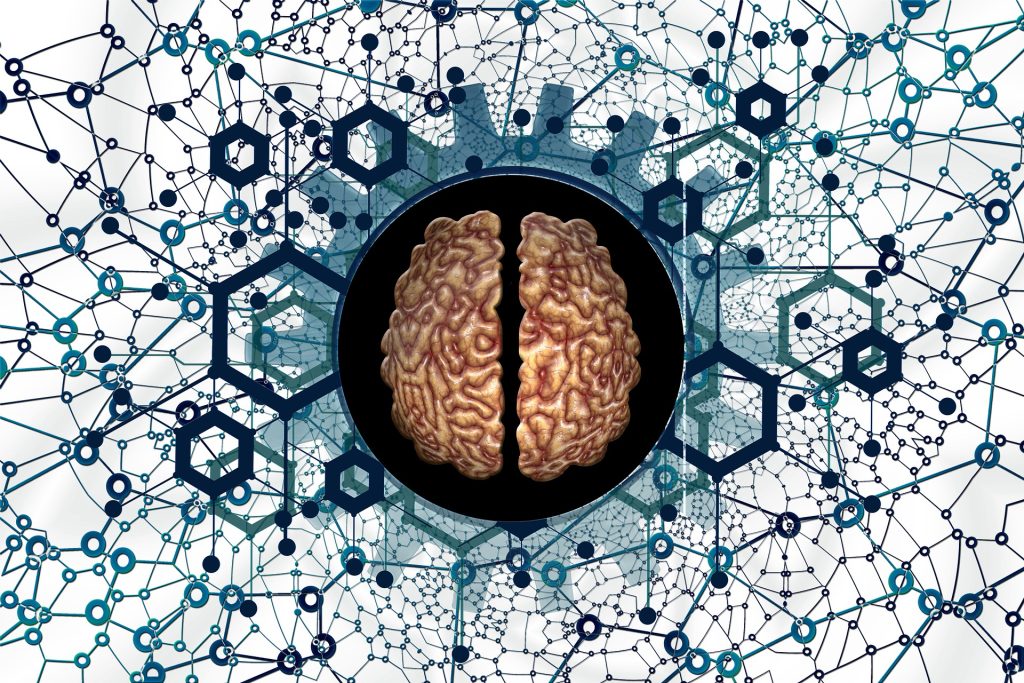
A new form of deep brain stimulation offers hope for an alternative treatment option for dementia, without the need for surgery.
Researchers at Imperial College London are leading the development of the technique, known as temporal interference (TI). This non-invasive method works by delivering electrical fields to the brain through electrodes placed on the patient’s scalp and head. Their initial findings, which are published in the journal Nature Neuroscience, could lead to an alternative treatment for brain diseases such as Alzheimer’s, and its associated memory loss.
Temporal interference
By targeting the overlapping electrical fields researchers were able to stimulate an area deep in the brain called the hippocampus, without affecting the surrounding areas – a procedure that until now required surgery to implant electrodes into the brain.
The approach has been successfully trialled with 20 healthy volunteers for the first time by a team at the UK Dementia Research Institute (UK DRI) at Imperial and the University of Surrey.
Their initial results show that when healthy adults perform a memory task whilst receiving TI stimulation it helped to improve memory function.
The team is now conducting a clinical trial in people with early-stage Alzheimer’s disease, where they hope TI could be used to improve symptoms of memory loss.
Dr Nir Grossman, from the Department of Brain Sciences at Imperial College London, who led the work said: “Until now, if we wanted to electrically stimulate structures deep inside the brain, we needed to surgically implant electrodes which of course carries risk for the patient, and can lead to complications.
“With our new technique we have shown for the first time, that it is possible to remotely stimulate specific regions deep within the human brain without the need for surgery. This opens up an entirely new avenue of treatment for brain diseases like Alzheimer’s which affect deep brain structures.”
Reaching deep brain regions
TI was first described by the team at Imperial College London in 2017 and shown to work in principle in mice.
This latest work, funded and carried out through the UK Dementia Research Institute, shows for the first time that TI is effective at stimulating regions deep within the human brain.
According to the researchers, this could have broad applications and will enable scientists to stimulate different deep brain regions to discover more about their functional roles, accelerating the discovery of new therapeutic targets.
Source: Imperial College London

